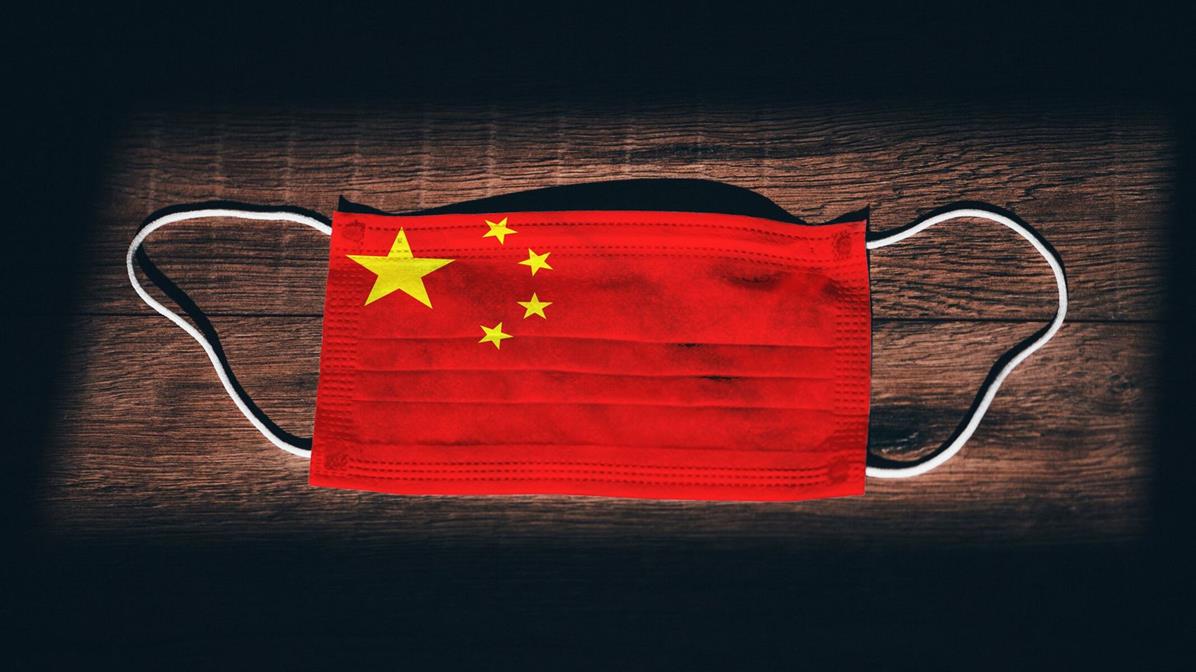Mechanical Engineering: Lockdowns in China become a heavy burden

The Corona-related lockdowns and restrictions in China are leaving deep traces on local German machinery and plant manufacturers. Only a minority of companies currently anticipate an improvement in the business situation in the coming six months.
- Every second machine and plant manufacturer is affected by production standstill
- 2022: Turnover growth of 3 per cent expected
- Transport difficulties within China are a major stumbling block
- Localisation continues to grow
Frankfurt, 10/05/2022 – The Corona-related lockdowns and restrictions in China are leaving deep traces on local machinery and plant manufacturers. A survey by the VDMA, Europe’s largest mechanical engineering industry association, among the 850 member companies based in China, shows that 28 percent of those companies already rate the current business situation as poor. 27 per cent of the companies questioned still rate the current business situation as good and 45 per cent as satisfactory. This is the first time in two years that the balance between positive and negative assessments has fallen below zero (minus 1 percentage point). In autumn, the value was still plus 33 percentage points; at that time, positive sentiment had far exceeded negative sentiment. The vast majority of companies are increasingly confronted with factors that hinder their business operations in China. While in autumn 2021, 55 per cent were already complaining about factors that hampered business, 87 per cent are now doing so. The main problem is currently the lockdowns and restrictions related to Omicron infections in various cities and regions of the country – a challenge for 98 percent of the companies affected by this. Nearly one in two companies (49 per cent) had to shut down their operations completely due to lockdowns, of which 40 per cent had to shut down for at least three weeks, many for longer. “An elimination of these bottlenecks is not yet in sight. The resumption of production, especially in Shanghai, is very slow.
The costs of the so-called ‘closed loop’ – the employees work and live on the factory premises – are high, the approval process is tough, and additional costs are to be expected for employee supplements, for beds, for disinfection and other things,” explains Claudia Barkowsky, Managing Director of the VDMA in China.The resumption of production, especially in Shanghai, is very slow.Claudia Barkowsky, Managing Director VDMA China
Capacity utilisation fell sharply
Capacity utilisation among machinery and plant manufacturers in China has experienced its most abrupt decline in six months to date. Currently, 37 per cent of companies are reporting capacity utilisation below the long-term average. In autumn 2021, the figure was only 14 per cent, and only 7 per cent a year ago. Currently, 26 per cent of companies report above normal utilisation and 37 per cent report normal levels. “The low level of capacity utilisation at many companies does not currently stem from a weak order book, but rather from the forced temporary closures. If the company is outside the risk areas, it can work almost normally,” Barkowsky explains.
Order intake declines
Order intake is also declining in China. One third (32 percent) of the companies surveyed report that current order intake is below the normal range, compared to only 17 percent in autumn. Orders from abroad are equally affected. 29 percent said that orders are above expectations. No prospect of improvement in the next six months Only a minority of companies (24 percent) expect the business situation to improve in the next six months. By contrast, 29 percent say the situation will deteriorate further, 47 percent expect the situation to remain the same. In addition to production stoppages, bottlenecks in materials and raw materials continue to be an obstacle for companies. This is mainly due to transport difficulties within China. The pressure of localisation has increased: while this was a challenge for only 3 percent of companies in autumn 2021, it is now 13 percent.
Turnover growth in 2021 reaches an impressive 21 per cent
The development of sales in China in 2021 was extremely pleasing for many machinery and plant manufacturers. In autumn last year, the participants estimated their growth for 2021 at an average of 22 percent; 21 percent was realised, as the current spring survey revealed. The expectations for 2022, however, are significantly lower, with growth of only 3 per cent. In autumn, growth of 10 per cent was still expected. Basically, 58 percent of the companies still foresee growth this year, 14 percent expect zero growth and 28 percent a decline. “The outlook for 2022 was already cautiously optimistic by Chinese standards in autumn 2021. Companies had assumed that there would be restrictions in the course of the Winter Olympics in February, which then did not materialise. No one expected that Omicron, on the other hand, would bring economic activities to such a standstill. Previously, China had always managed to quickly contain pockets of infection and minimise the impact on the economy. It doesn’t look like that’s going to happen now,” sums up the VDMA China Managing Director.





